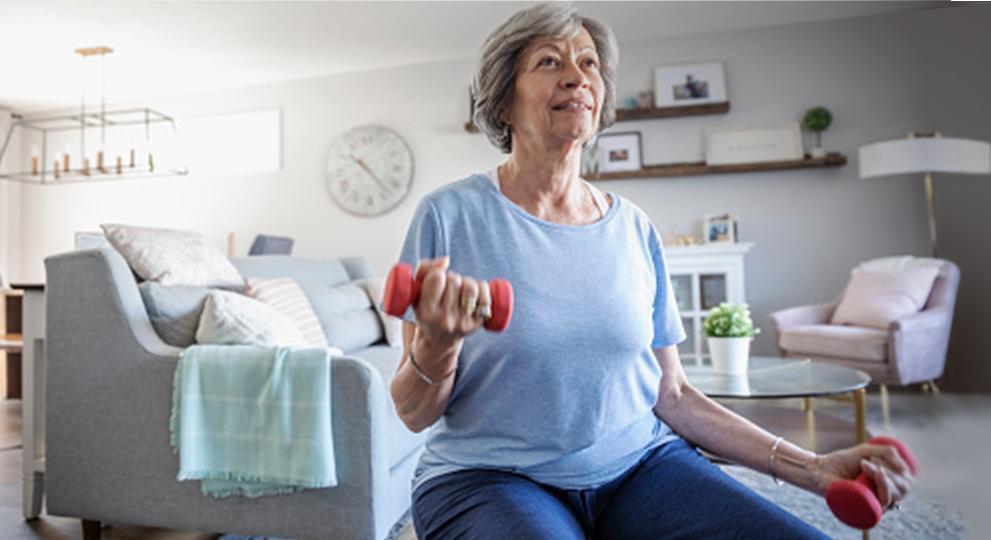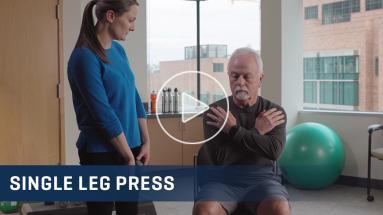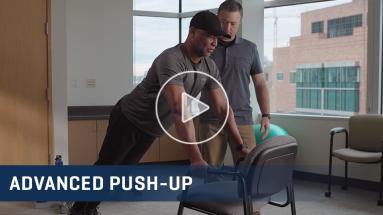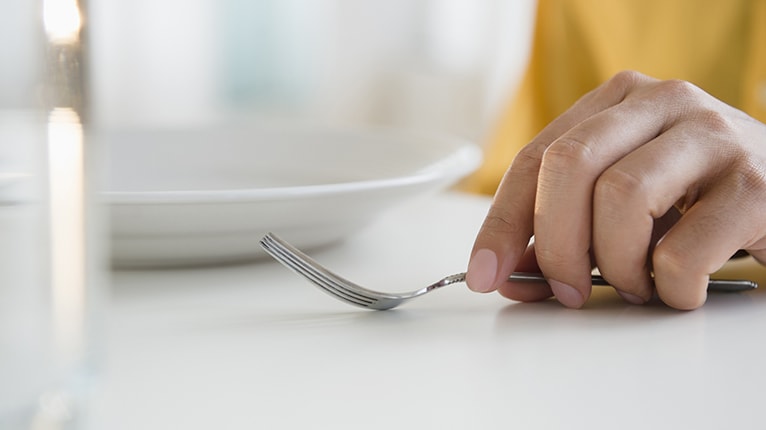5 ways to make physical activity a part of your life during treatment

Physical activity is important for health and wellness. It is also helpful during cancer treatment. For example, it can help you feel less tired, improve your balance and physical function, prevent muscle loss, and help you keep up with your normal activities. Even simple movements can help.
If you were not active before your cancer diagnosis, you may need to take it very slowly when starting a new exercise. If you were already active, you may need to take care and do things more slowly. In either case, consult your healthcare provider beforehand and follow his or her advice.
It is also important to eat a balanced diet to give your body enough energy to exercise properly. Refer to Keeping A Balanced Diet as a guide to help you make healthy food choices.
Make physical activity a part of your life
Talk to your healthcare team about what kind of activities are best for you. They can help you determine which exercises are safe for you based on your personal situation.
It can be simple to add movement into your daily routine. If you haven’t been active in a while, you can start slowly by walking around your house. There are also simple bed exercises and chair exercises that may be helpful when starting out. Even on days when you might not feel your best, you can still do little things, like small household chores, to keep your activity and energy levels up.
Everyone’s body and ability is different, so it’s important to find what’s right for you. You can adjust your routine depending on how you feel or any symptoms you may have. You can also make changes if you have any problems with your breathing, balance, coordination, or other challenges.
Here are some simple ideas that you can discuss with your healthcare team before getting started:
- Stretching: Consider including movement and stretching in your daily routine. These may help increase your muscle flexibility and decrease your risk of injury
- Chair exercises: Talk to your healthcare team about safe exercises you can do using a chair
- Bed exercises: Talk to your healthcare team about safe exercises you can do from your bed
- Walking: This includes walking around the house (indoors/outdoors) or walking to the local park, as you are able
- Perform daily household activities: With activities at home, simple movement and exercise can be part of your day. This can include doing chores, weeding the garden, and cleaning the house
Helpful resources for more information
For more exercise guidance, ask your physician for a referral to an exercise professional who can assist you with your physical activity goals. This expert can be a physical therapist or an exercise specialist. Make sure they know about your cancer diagnosis so that they can plan exercises that are right for you.
For additional information that you may find helpful, visit:
- ACSM/ACS (American College of Sports Medicine/American Cancer Society) Certified Cancer Exercise Trainers: acsm.org/attend-connect/profinder
- LIVESTRONG at the YMCA: livestrong.org/ymca
This article has general information and is not meant to replace nutritional or health guidance that is specific to any individual. Before starting any exercise routine, speak to your healthcare provider to make sure that it is safe for you.

















